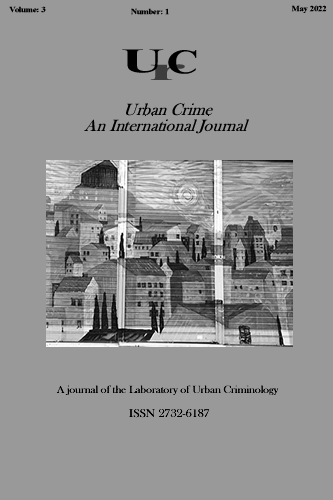Technology and human trafficking: Reconstructing the nexus
DOI:
https://doi.org/10.26250/heal.panteion.uc.v3i1.277Keywords:
Human trafficking, technology, trafficker, COVID-19, CSAMAbstract
With the evolution of information and communication technology, perpetrators of human trafficking conceal themselves in the anonymity of cyberspace and manipulate the ciphertext to their advantage, even more during the COVID-19 pandemic. Traffickers have employed several tactics to groom and recruit vulnerable individuals and to transmit images of online sexual exploitation of children (OSEC) and child sexual abuse materials (CSAM) through mobile applications and social media platforms. This paper examines how different technologies can be utilized to prevent and protect vulnerable groups from being victims of human trafficking in an urban environment. From the content analysis of 38 applications, it was noted that 10 could be accessed through any web browser, 13 were standalone software, and 15 were mobile-based application. The study also identifies the various features multiple stakeholders use in the technology platforms and underscores the need for multi-stakeholder partnerships in combating human trafficking. The paper emphasizes the gaps and challenges in the available technology and its applications in various anti-trafficking efforts. As a way forward, it provokes the need for predictive technological advancements to tackle the clandestine crime of human trafficking.

